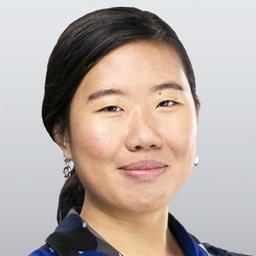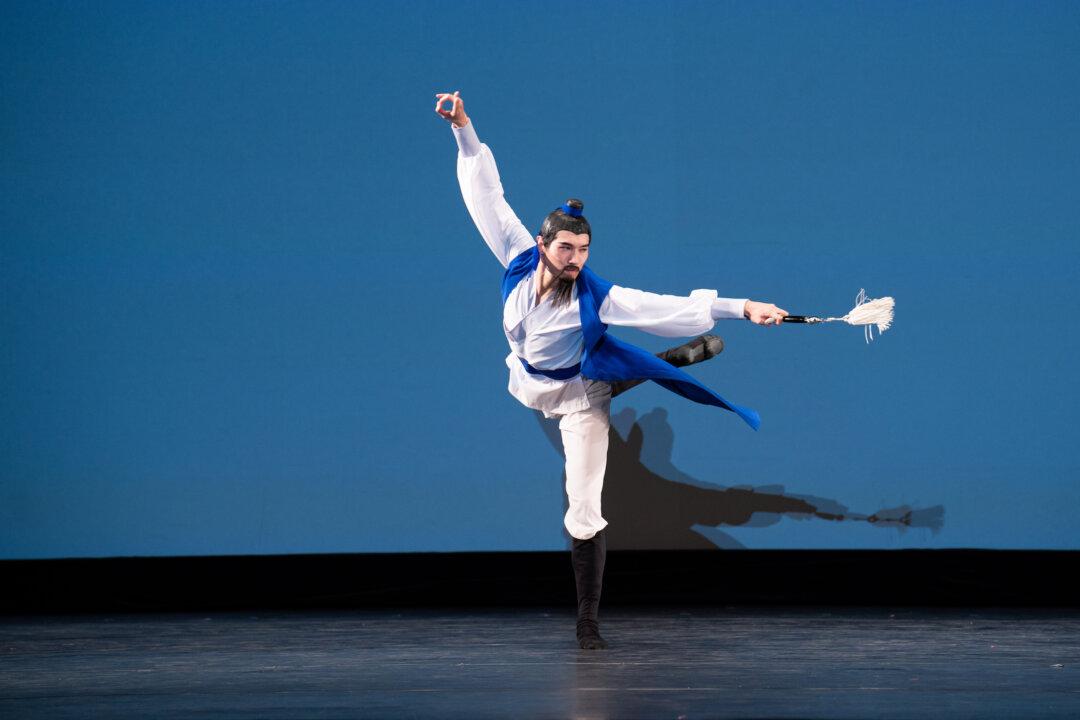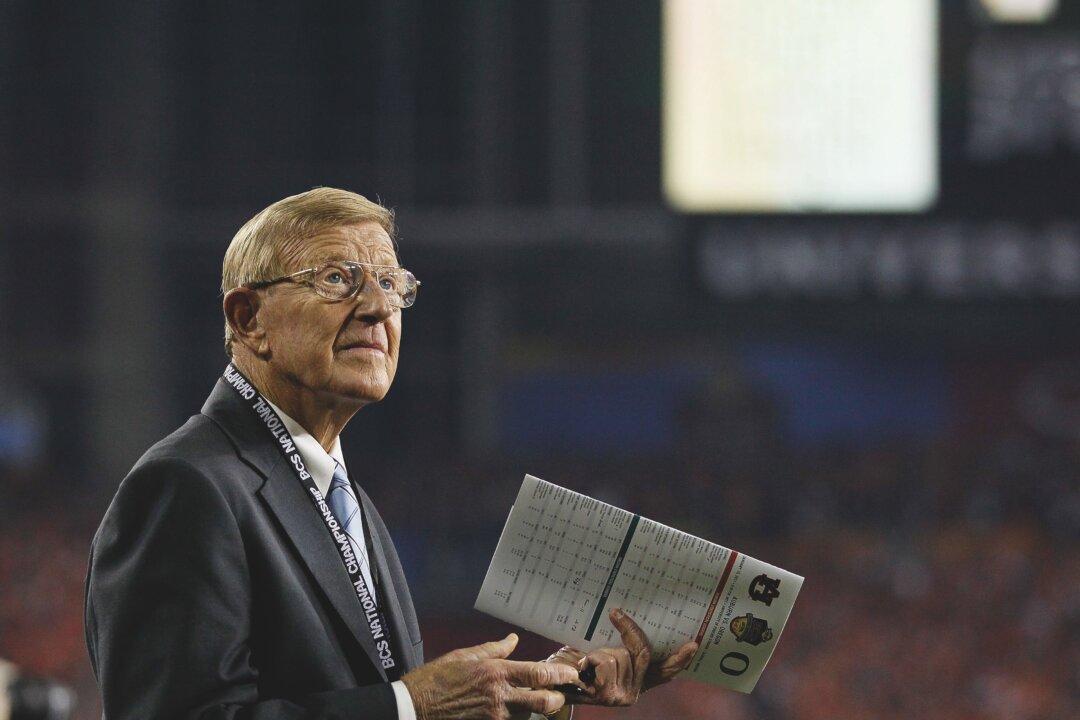What insights do Virgin CEO Richard Branson, Overstock.com CEO Jonathan Johnson, and executives at Google, Neiman Marcus Group, Bain and Company, and other top firms have to share about what it takes to be successful? Business coach Christina Curtis combines the wisdom from years of being a business coach, and brain science research, to help the general public achieve better outcomes in their professional and personal lives.
This interview has been edited for clarity and brevity.American Essence: One lesson you share is that successful people understand that they don’t know everything and seek to hear more perspectives. How should we open ourselves to learning and to different opinions?
Ms. Christina Curtis: I often say, it’s really important to seek to understand, rather than stand to be understood. So many of us just want our voice to be heard, and our perspective to be heard, when in reality, people I see who are ultra successful are the ones that are doing the most listening. They’re constantly seeking and learning information, so that they can expand their view and they have a better vantage point to figure out the path that will get them to their goal the fastest.
Get feedback from others on your behavior that could be getting in your way in life. This is a really exciting one for me. I love this exercise. Ask the people you trust, “Hey, what do you think has been getting in my way of happiness, or having strong relationships?”
The other thing I recommend is making time to ask questions. Sometimes we’re so busy, we forget to ask questions. But slowing down to ask questions on why something is being done a certain way or what someone is working on—it’s amazing how it could shape the way you end up seeing things for the rest of the day, or the week.
AE: How can we train ourselves to see the bigger picture?
Ms. Curtis: When you think about the bigger picture, it’s often a multi-year view. So instead of focusing on this work week, I’m focusing on this stage of my career. Instead of focusing on this disagreement in my marriage, I’m focusing on the pattern of the argument that seems to be showing up. So, it’s taking the micro to the macro and shifting your lens, so you can not just look at the moment, this particular snapshot, but the full landscape. And by zooming out, suddenly, you can have insights that weren’t previously available.
Some questions you can ask yourself is, is there a pattern here? Why does what I’m working on matter? They open you up to a bigger vantage point.

AE: You write about getting that broader view by assessing your calendar, scheduling all personal and professional commitments and doing a weekly audit to assess whether your time is aligned with the goals you want to achieve. That’s really helpful.
Ms. Curtis: Yeah, it ties into the bigger picture. I often see time just happening to us, like people’s favorite phrase is, I can’t find the time or I don’t have the time. But time is available to all of us. Every minute I have is available to every minute that Richard Branson has. We all have the same number of minutes. So time is available. The question is, what are you filling it with? Be clear: it is a choice. Time is always available. There are just trade-offs.
The benefit of the calendar is, you can make those trade-offs consciously. Because you can look at the past, present, future at the same time, and make the trade-offs. You’re going to make better choices because you’re not in the heat of the moment.
AE: You also write about not letting our emotions get in the way of decision-making. What are your tips for that?
Ms. Curtis: The challenge when we are combining emotions and decision making is, the emotions can cloud our judgment. And from a neurological perspective, they can actually decrease our critical thinking skills—which means we aren’t employing all of our intellect to solve a problem. So the first thing you can do is [to assess,] are emotions driving this decision? Am I in a balanced state? Or am I emotionally charged? And if you’re emotionally charged, you may need time and separation before you can make the decision. But once you’re in a logic state, you can use emotions to inform your preference; you just don’t want them to be in the driver’s seat making the decision because they tend to be a little more spontaneous, a little less pragmatic.
Meditation is a wonderful way to get clarity. When you go to a place of quiet and position your decision as a question, it’s amazing how quickly the answer will show up because you’re calm, and you’ve given yourself the space to think.
AE: You also touch on the idea that welcoming conflicts is an important part of improving. Why is that?
Ms. Curtis: Conflict is actually an incredibly healthy way to strengthen relationships. And it’s why those we love most, we’ve often been through conflict with—whether it’s a loved one or a family member. Because closeness happens when we repair through the conflict. And it’s a really important skill that we consistently build because it’s where we learn new things. We hear different perspectives. We learn to compromise, frankly. And we let go of being right and hold onto the connection and the best possible outcome—whatever that outcome may be, whatever the answer may be.
Human beings don’t like being wrong. And being open to, not being wrong but just not having the best answer yet. It is a different way to look at it. So when you go into conflict, it’s not about right or wrong, it’s: what is the best answer? And shifting the focus away from me and you, to just us solving the problem.
This article was originally published in American Essence magazine.





